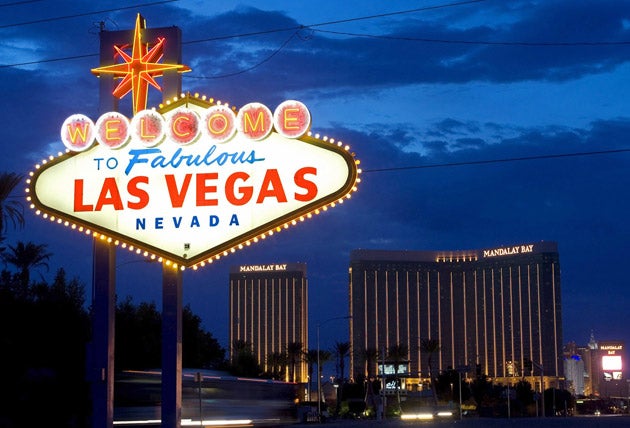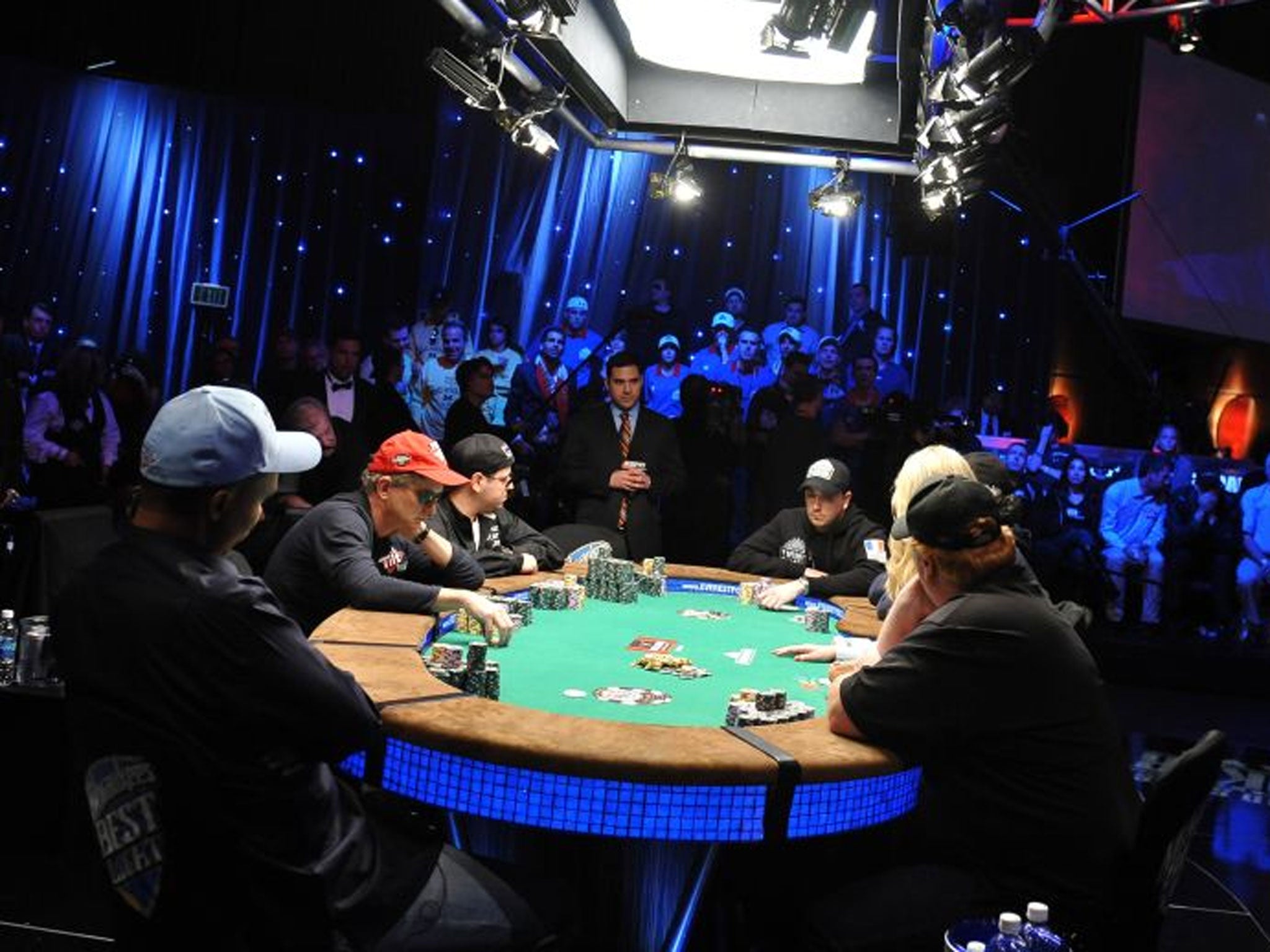F1 in Las Vegas: Flash and showy, it’s a shotgun marriage made in heaven
They will move too fast to see Paris, the Pyramids and Venice in the Mojave

Your support helps us to tell the story
From reproductive rights to climate change to Big Tech, The Independent is on the ground when the story is developing. Whether it's investigating the financials of Elon Musk's pro-Trump PAC or producing our latest documentary, 'The A Word', which shines a light on the American women fighting for reproductive rights, we know how important it is to parse out the facts from the messaging.
At such a critical moment in US history, we need reporters on the ground. Your donation allows us to keep sending journalists to speak to both sides of the story.
The Independent is trusted by Americans across the entire political spectrum. And unlike many other quality news outlets, we choose not to lock Americans out of our reporting and analysis with paywalls. We believe quality journalism should be available to everyone, paid for by those who can afford it.
Your support makes all the difference.The world’s fastest drivers should soon return to the world’s biggest tourist attraction – because Las Vegas and Formula One are made for each other.
F1 spin can assert all manner of synergies between motor racing and the industry of human happiness as represented by the city – notably the rush of excitement and the sweet taste of winning, climaxing with an ejaculation of champagne. Conversely, Formula One is first among sports for ephemeral, superficial glamour – as represented by Las Vegas.
Forget the dreadful, intestinal car-park circuit deployed for the 1981 and ’82 World Championship races in the Caesars Palace Grand Prix. The next Formula One race in Las Vegas will be on a thrilling street circuit.

Drivers will hurtle along “The Strip” at 200mph, rather than the usual maximum speed on this traffic-choked road of about 20mph. They will be moving too fast to observe the nuances of design that bring Paris, the Pyramids and Venice to the middle of the Mojave Desert. Yet the drivers’ visors will ensure that they see Las Vegas with the same tunnel vision as most visitors: the blinkered view of the city as a venue for artificially lit entertainment.
They will not appreciate the spectacular natural surroundings just beyond the city limits, for Las Vegas is its own universe.
Thrill-seekers who want to create their own 3D version of the Las Vegas Grand Prix can pay $14 (£9) for a ride on New York New York, whose rollercoaster swerves between faux Manhattan skyscrapers (or ride as many laps as you like, all day, for $25). This high-speed ride is regarded in this constantly reinvented city as something of a 20th-century relic, dating from 1997 (the year Jacques Villeneuve won the drivers’ championship). For an express alternative, try the SkyJump from the Stratosphere: don an attractive jumpsuit, step off a platform 855 feet above ground into thin air and let gravity – restrained, you trust, by a steel rope – do the rest.
Vegas has many attractive qualities for the motor-racing industry. It has the requisite excellent air links and beds in abundance; you could stay in a different room or suite every night for nearly 14 years in the mammoth MGM Grand.
The region also has links with extreme speed. Across the state line in Utah lie the Bonneville Salt Flats, where Teddy Tetzlaff set a record of 143mph a century ago. That was an enterprise made for the terrain – unlike some of the other sporting options in Las Vegas, such as the Desert Pines Golf Club, with “green grass running from tees to pins”.
What goes on in Vegas stays in Vegas, but no-one stays in Vegas for very long. When the F1 circus moves on from the gambling capital of the world, the record books will note a victory for one man: a moment of good fortune far outweighed by the shattered dreams of others. And that is what has fuelled Las Vegas ever since it rose from the desert to dazzle the world.
* To watch Simon Calder’s film of 48 Hours in Las Vegas click here
Join our commenting forum
Join thought-provoking conversations, follow other Independent readers and see their replies
Comments